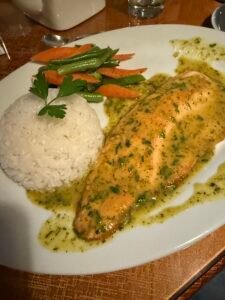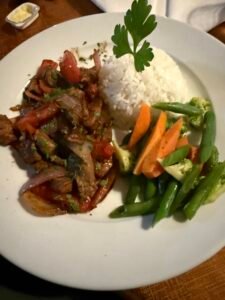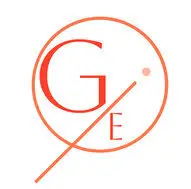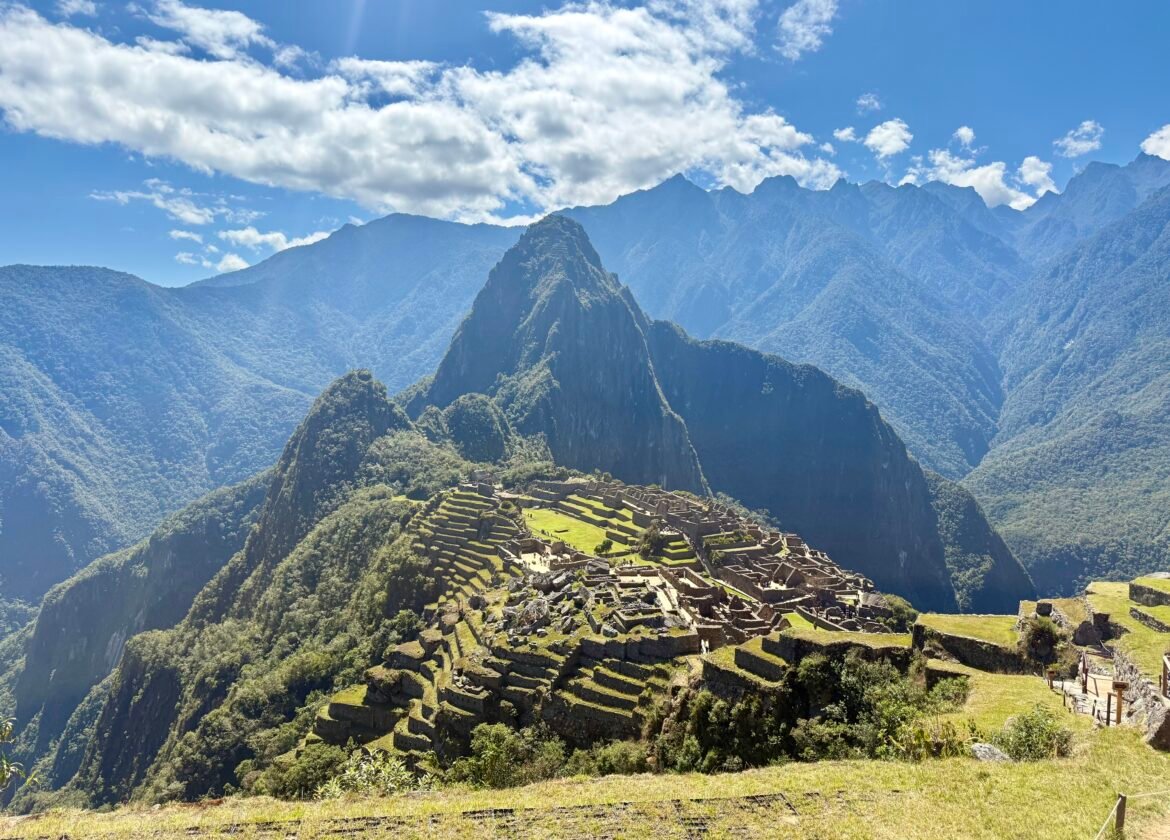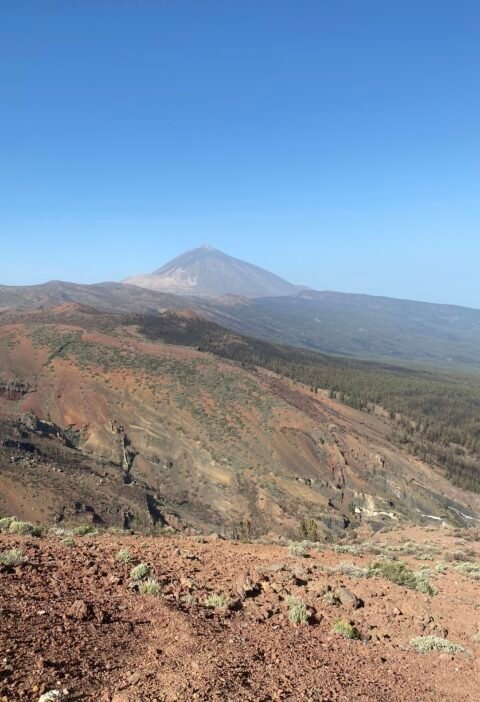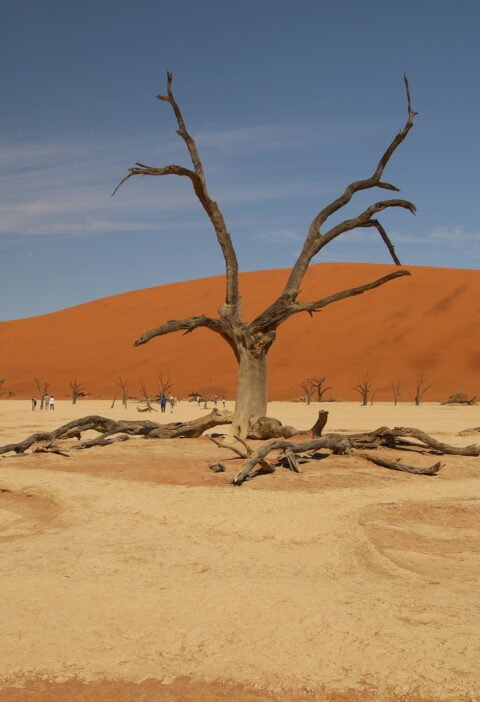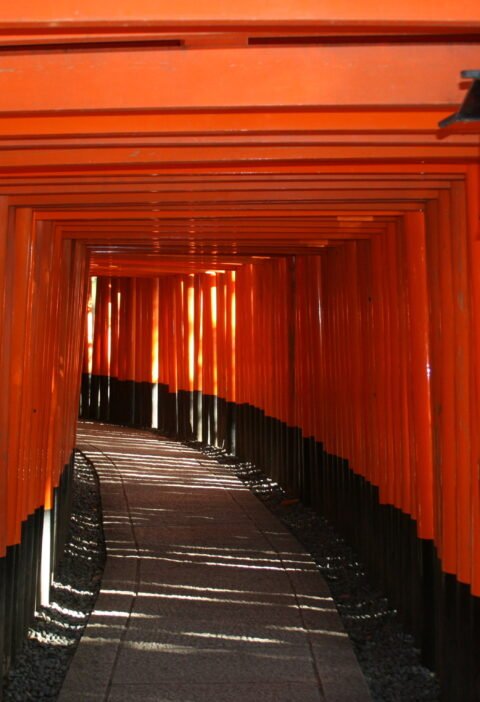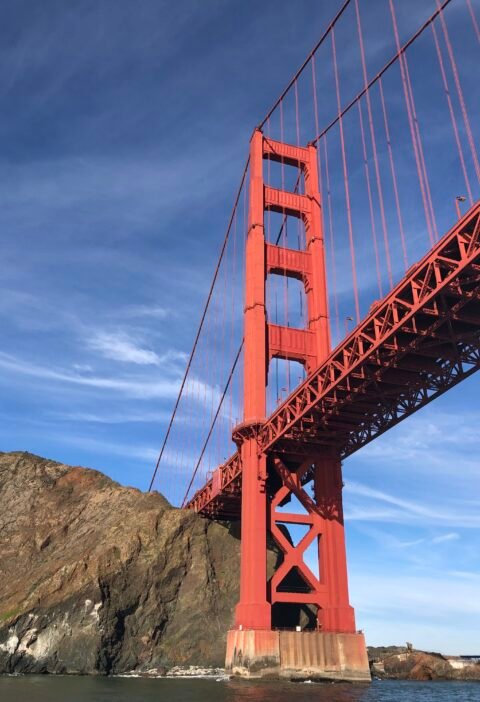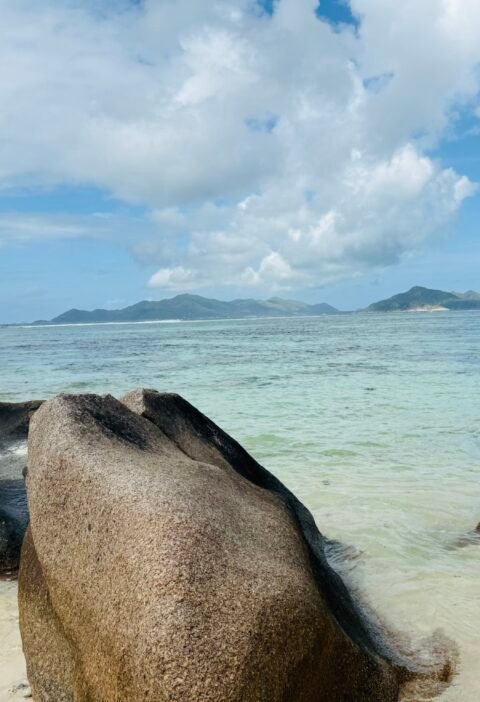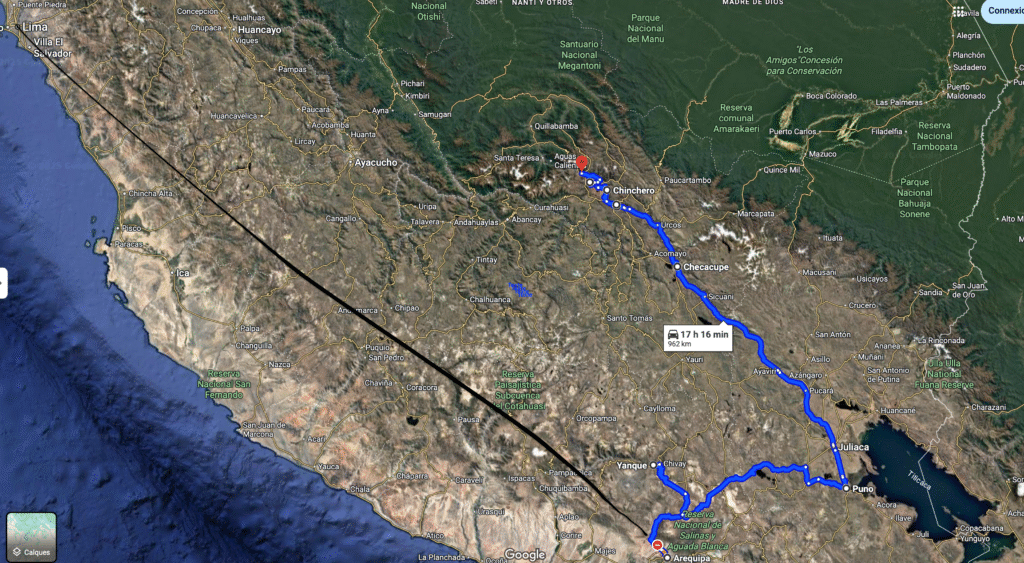
Part 1: Lima, Arequipa and exploration of the Colca Canyon
Last summer, in July 2025, we took a wonderful two-week trip to Peru. For many years, we had been unable to travel with our three children because the two older ones, one a student, the other a worker, were never available at the same time. But this time, our three sons (15, 20, and 22) were able to join us: what a joy!
Visiting Machu Picchu has been on my husband's to-do list for years, so even though I was aiming for the equator, I'm glad we chose Peru. Even though this country is less colorful than its neighbors, we were amazed. The landscapes were magnificent and the Peruvians were adorable.
We took off from Bordeaux, transited through Paris, and then landed in Lima. Upon arrival, we spent a night in the capital, resting before climbing higher.
Day 1: Arrival in Lima
Lima is vast, noisy, and often congested. The journey from the airport to the hotel confirmed our decision to make this trip without renting a car but rather by taking drivers or taxis, and frankly, I think it was the best decision we made! We are used to traveling alone, but even if it is entirely possible to rent a car in Peru, it is more reasonable, given the state of the roads, the driving style, and the fatigue of the altitude, to take cars with drivers, buses, or taxis.
We hadn't planned to visit Lima, but we still made our way to the coast to spot the surfers and then toured the Miraflores district, where our hotel, the Hotel Antigua Miraflores, was located. I now understand why Lima is nicknamed the "Grey City." Lima is often referred to as the "Grey City." This name comes from its skies, which are almost always overcast between May and November. During these southern winter months, the capital is shrouded in a layer of low clouds called garúa , a coastal fog caused by the cold Humboldt Current. The result: little or no sun, diffuse light, persistent humidity, but no rain. This constant grayness gives the city a special atmosphere. In summer, the sky can clear, but this period is short. This contrast explains why, despite its coastal location, Lima is associated with a gray and foggy image.
In the evening, we chose to stay for dinner in our hotel's highly rated restaurant and I was able to try my first ceviche: delicious!
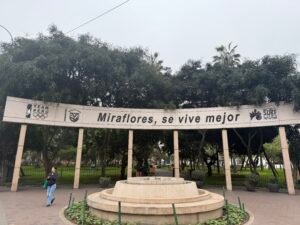
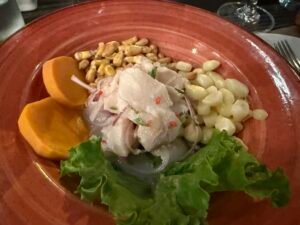
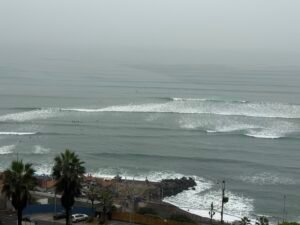
Days 2 and 3: Arequipa
The next day, we took a flight to Arequipa. We had been advised to fly because, on the one hand, we only had 14 days there and, on the other hand, the journey is long and the roads can be blocked by protests. Arequipa is located at an altitude of 2,300 meters. The approach to the airport offers a clear view of the Misti and Chachani volcanoes.
We chose to stay at Casa Arequipa, a small hotel located a 15-minute walk from the city center. It was very good value for money, but above all, it had a rooftop terrace overlooking the volcano, where we had breakfast.
Once there, we took the time to walk through the historic center as night fell. The white volcanic stone gives the buildings a uniform appearance. Arequipa is truly a magnificent city.
In the evening, we ate at the Chicha restaurant, which is located almost opposite the entrance to the Santa Catalina Convent, which we visited the next day. We ate very well: alpaca and ceviche were on the menu, but grilled, and a Pisco Sour of course to accompany dinner.
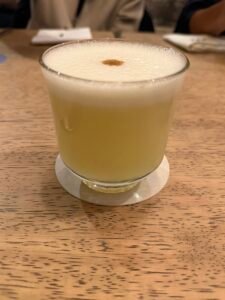
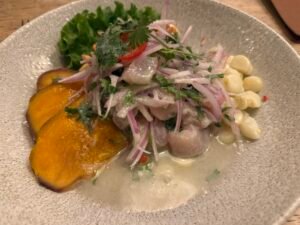
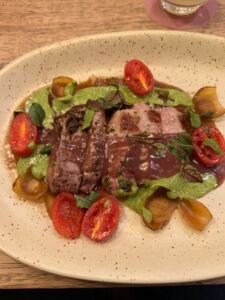
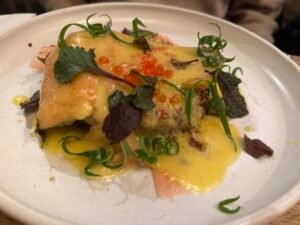
The next day, we visited the Santa Catalina Convent. It's a city within a city, organized into cells, courtyards, and cobblestone streets. It's truly magnificent and very well restored and preserved.
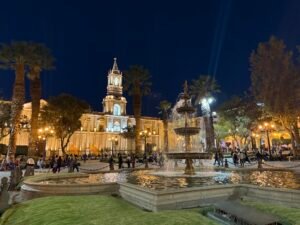
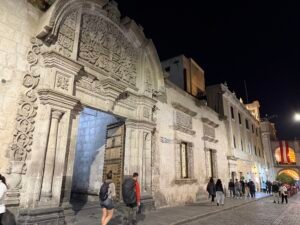
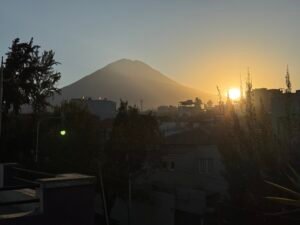
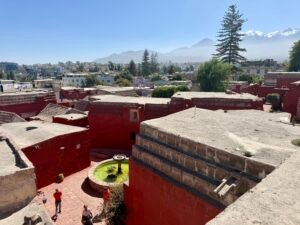
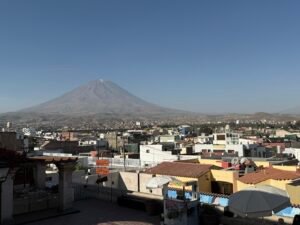
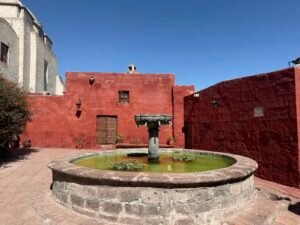
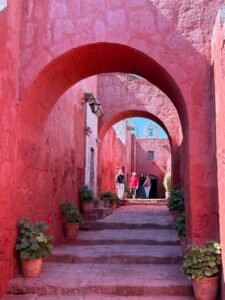
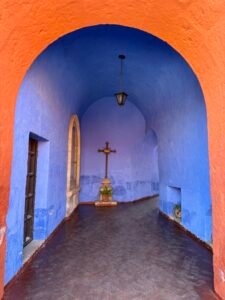
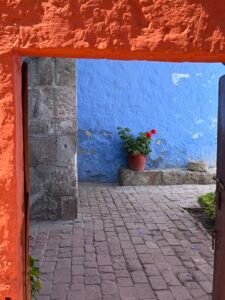
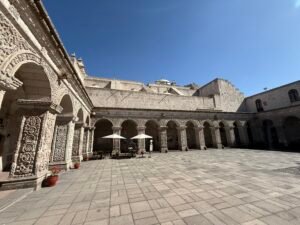
We hiked a lot and went for a walk in the San Camillo market. I really like markets that allow us to see and understand the way of life of the locals. I took the opportunity to buy some coca leaves, which I regularly chewed as soon as we reached high altitudes. We were able to see a large number of species of potatoes (more than 400 in Peru) and also saw a Chicha stand, which we did not taste at that time, then we visited the Convento de la Recoleta built by the Franciscans in 1648.
The next day we visited the Santuarios Andinos Museum where we were able to see the famous Juanita mummy and learn more about Inca sacrifices. Then we went up to the heights of Arequipa to admire views of the volcano; we wanted to visit the Convento de la Recoleta which houses a small but very informative museum but it was unfortunately closed. In the evening, we dined at the Restaurant Zig Zag, which offers fusion cuisine from the Alps and the Andes and we tasted delicious meats grilled on volcanic stone, accompanied by mashed potatoes, fries and quinoa puree. It was really very good and very well presented.
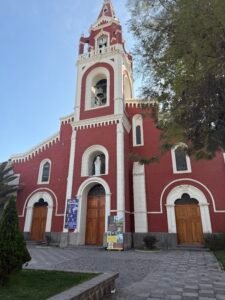
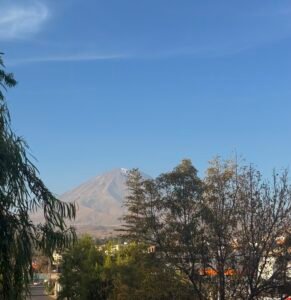
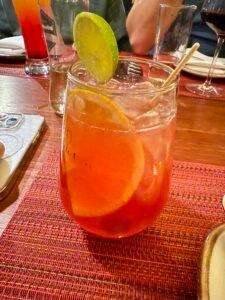
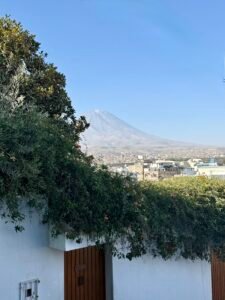
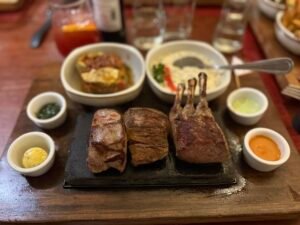
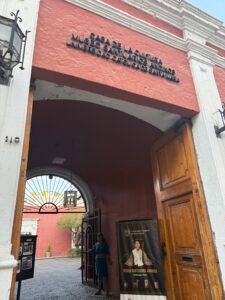
Day 4 and 5: Colca Canyon
After two nights in Arequipa, a driver took us to Yanque, in the Colca Valley. The road crosses a high-altitude area. We encountered vicuñas (small wild llamas, emblematic of Peru), llamas, and herds of sheep. Some sections exceed 4,000 meters. We drank coca mate to limit the effects of altitude sickness, but the lack of oxygen was still impressive: we moved slowly to avoid getting out of breath.
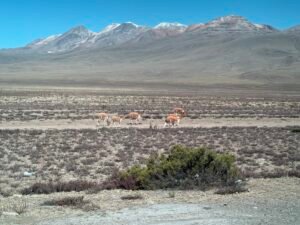
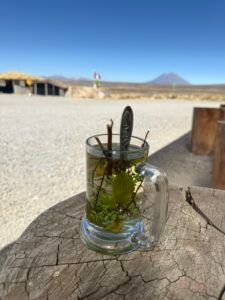
In Yanque, we stayed at the Miskiwasi Bed and Breakfast, a charming little hotel whose rooms overlooked a very pleasant garden. The air is dry, the nights are cold, but the rooms (not the bathrooms) were equipped with a small space heater, and the duvets and blankets protected us well from the cold. The shower water was hot, thankfully, as there was no heater in the bathroom.
Cruz del Condor and hiking
Early in the morning, we set off for the Cruz del Condor lookout. Our goal: to observe the condors that use the canyon's thermal currents. We saw several. Wings outstretched, they glide silently above the void.
We then went on a few hikes. The elevation gain is significant. The trails run along the canyon and connect small villages. We saw terraced crops, suspension bridges, and a few hot springs. We also did the nice little hike to the Inca ruins of Uyo Uyo from Yanque.
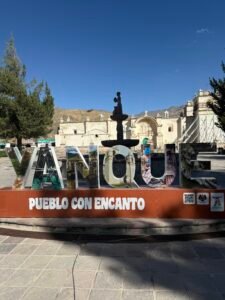
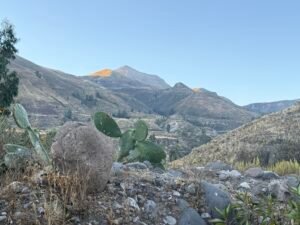
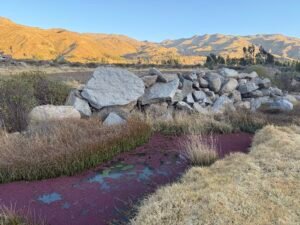
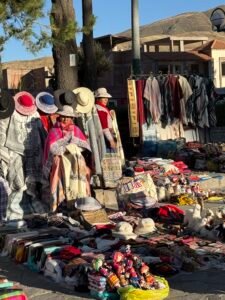
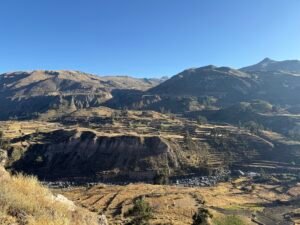
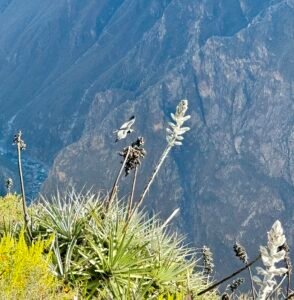
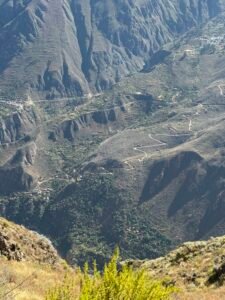
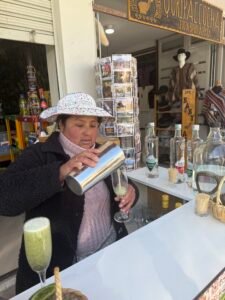
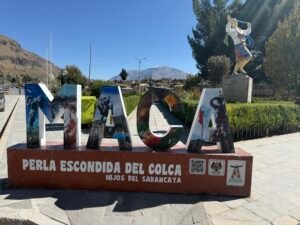
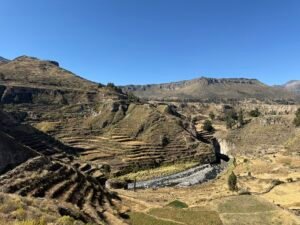
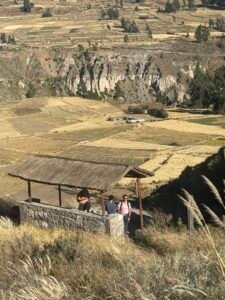
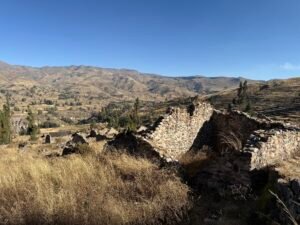
The days in the canyon were full: mornings of hiking, lunch breaks in the field, returning to the lodge before nightfall to enjoy a good meal of trout or alpaca and falling asleep like a log... before 8:00 p.m.
